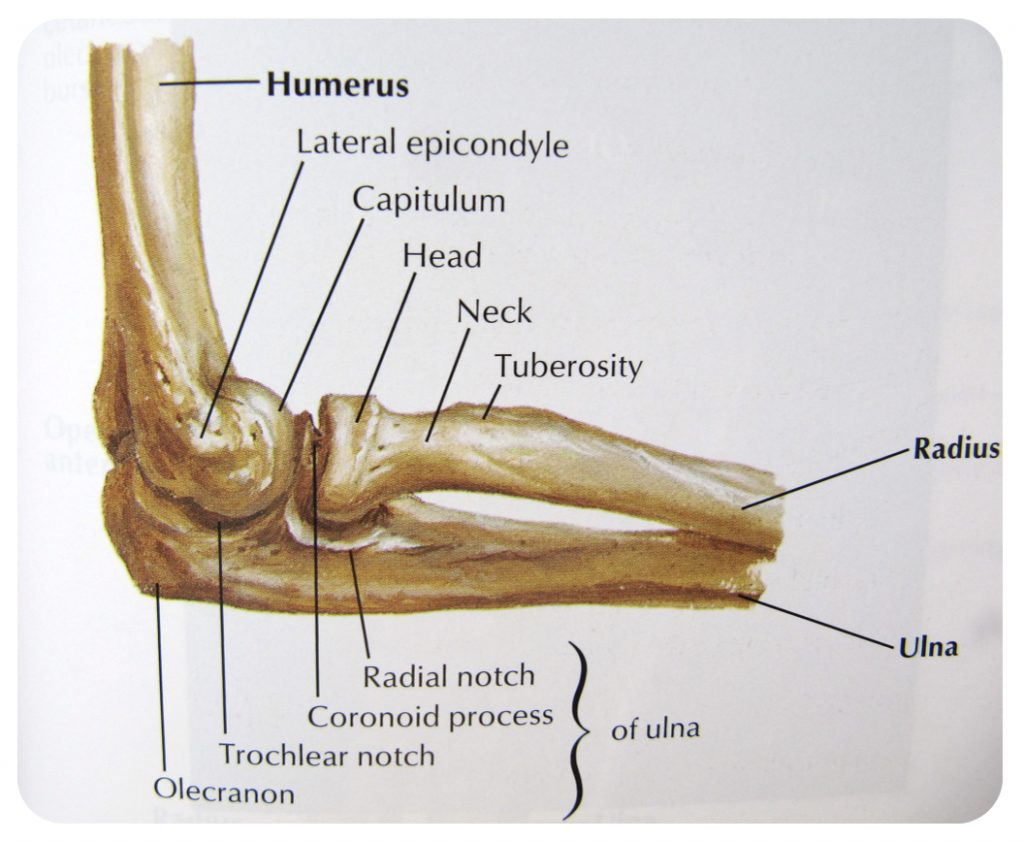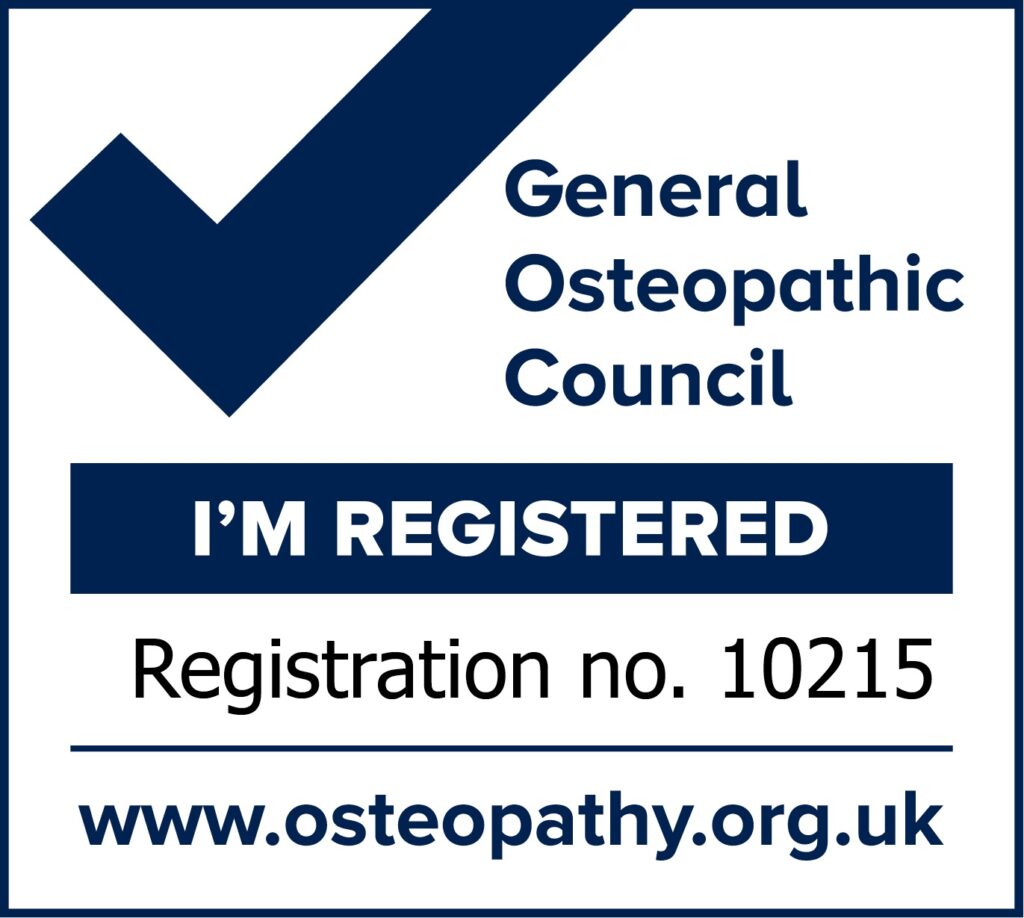(Lateral Epicondylitis)
Overview
Lateral Epicondylitis, also referred to as “Tennis Elbow,” is the most common overuse syndrome in the elbow. It is a painful condition that occurs when tendons in your elbow are overloaded, and become inflamed. These tendons attach the forearm muscles to a bony prominence on the outside of the elbow (lateral epicondyle); this is the primary location of pain. Repetitive use of the extensor muscles of the forearm can lead to pain and tenderness on the outside of the elbow. As you may have guessed, playing tennis or other racquet sports can cause this condition. However, other sports and activities can put you at risk.
Jobs such as painters, carpenters, gardeners and desk jobs, where repetitive one-sided movements are present, can also put you at risk.
Anatomy of the Elbow

Three bones make up the elbow joint; the Humerus (upper arm) and the Radius and Ulna (the two bones in the forearm). There are two bony prominences at the bottom (distal) of the humerus, near the ‘elbow’ called epicondyles, many of the forearm muscles attach here. The bony bump on the outside (lateral side) of the elbow is the lateral epicondyle. Lateral epicondylitis, or tennis elbow, involves the muscles and tendons of your forearm that are responsible for the extension of your wrist and fingers. Your forearm muscles extend your wrist and fingers. Your forearm tendons, often called extensors, attach the muscles to bone. The tendon usually involved in tennis elbow is called the extensor carpi radialis brevis (ECRB). Other muscles may include the extensor digitorum, extensor carpi radialis longus (ECRL), and extensor carpi ulnaris.
Aetiology/Cause
Tennis elbow is an overuse and muscle strain injury. The cause is repeated contraction of the forearm muscles (extensors). It is the repetitive motion and stress on these tissues that can lead to micro tears in the tendons that attach the extensor muscles to the lateral epicondyle.
In most cases, tennis elbow is often caused by damage to the Extensor carpi radialis brevis (ECRB). This forearm muscle extends and abducts the wrist, and can help stabilise the wrist when the elbow is straight. This can occur during either a tennis groundstroke or backhand stroke, where the repetitive motion and stress causes microtears in the tendon because it is being weakened. This then leads to inflammation and pain. As well as that, the position of the ECRB may predispose itself to risk of injury and damage because as we bend and straighten our elbow, the muscle rubs against those bony bumps, and this can cause gradual wear and tear of the muscle over time.
As previously stated, it is not just playing tennis that puts you at risk of tennis elbow, but many other common arm motions such as painting and repetitive computer mouse use.
Symptoms
The symptoms of tennis elbow typically develop gradually, with the pain being mild, and slowly worsening over consecutive weeks and months.
Common signs and symptoms of tennis elbow include:
Risk Factors
Factors that may increase your risk of tennis elbow include:
Treatment
Tennis elbow is a condition that can get better overtime by itself. It can usually last from 6 months up to 2 years, with most people recovering from it in a year. In an ideal world, completely resting your arm and stopping the activity/activities that cause the problem or pain would be beneficial. However, this is not possible due to many things such as our lifestyles, the jobs we have, and the other activities we may do.
So to help manage this at home, a combination of using a cold compress on the area of pain and stretching may relieve enough pain to help you get on with work and those daily life activities just that little bit easier.
Other treatments, such as a sports massage, for example, would look to use a combination of soft tissue mobilisation/ manipulation, and deep transverse frictions, to relieve pain and stiffness. As well as rehab exercises/ stretches to keep the arm mobile, strengthen the forearm muscles and reduce pain. I would also expect a therapist to offer taping, to help reduce pain and support the forearm, in the short term. This culmination of treatments and modalities may greatly help your tennis elbow more than icing will at home.
Alex Broadhead (June 2022)


© Copyright 2021 BTST Osteopathy And Sports Massage Clinic.